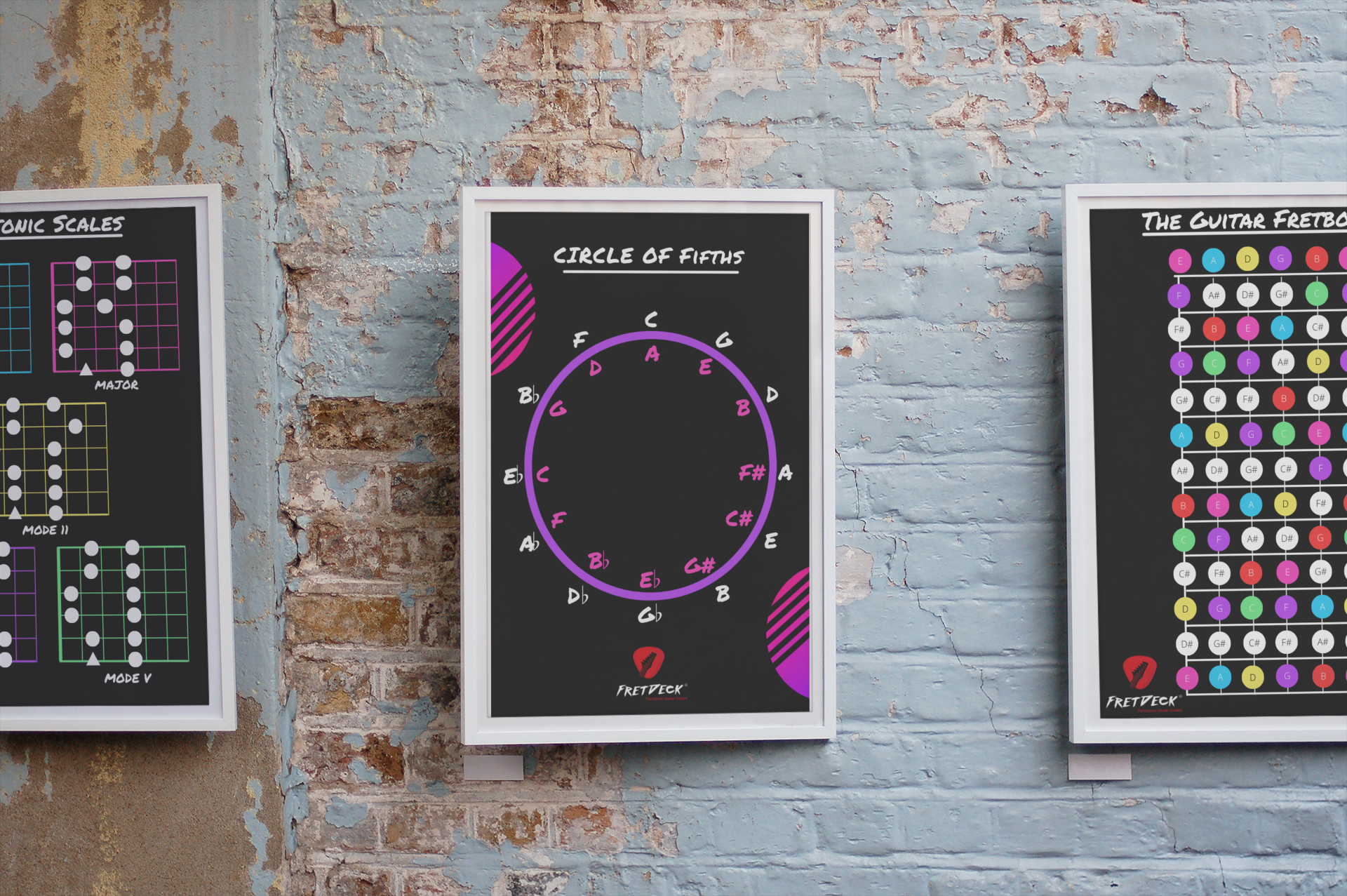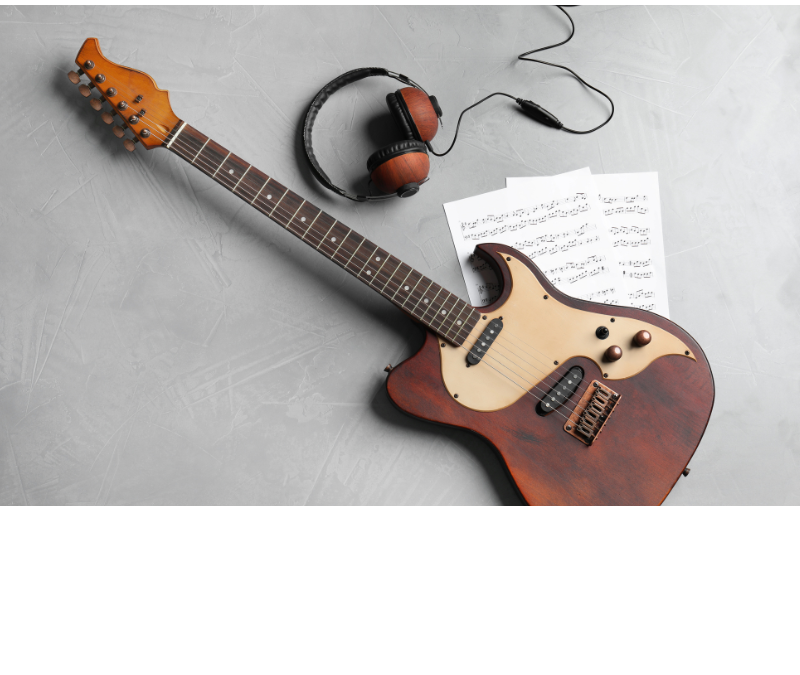The E minor pentatonic scale is a cornerstone for guitarists across a multitude of genres, particularly in rock and blues. Its straightforward pattern and expressive potential make it an essential tool for beginners and advanced players alike. In this article, we’ll delve deep into the E minor pentatonic scale, focusing specifically on its application in blues music. We will explore how to play the scale starting from the 12th fret on the 6th string, and we’ll look at some blues licks that will help you incorporate the scale into your solos.
Understanding the E Minor Guitar Scales
The E minor pentatonic scale is a five-note scale derived from the natural minor scale. The notes in the E minor pentatonic scale are:
- E (Root)
- G (Minor third)
- A (Perfect fourth)
- B (Perfect fifth)
- D (Minor seventh)
When played in sequence, these notes create a sound that is both melodic and versatile, making it a favorite among guitarists.
The Basic Pattern
To get started with the E minor pentatonic scale, it’s important to learn its most common pattern, which spans two octaves. Here’s the pattern starting from the open position (0th fret):
e|-------------------0-3-|
B|----------------0-3----|
G|------------0-2--------|
D|--------0-2------------|
A|----0-2----------------|
E|0-3--------------------|
Moving to the 12th Fret
Playing the E minor pentatonic scale starting from the 12th fret offers a higher-pitched, brighter sound, which is particularly effective in blues solos. Here’s how the scale looks when starting from the 12th fret on the 6th string:
e|---------------------12-15-|
B|-----------------12-15-----|
G|-------------12-14---------|
D|---------12-14-------------|
A|-----12-14-----------------|
E|-12-15---------------------|
This pattern is identical to the open position but shifted up 12 frets.
Integrating the Blues Pentatonic Scale
The blues scale is an extension of the pentatonic scale, adding one note – the blue note or the flat fifth (♭5). In the case of E minor, this note is Bb (A#). Adding this note provides that quintessential blues sound. The E blues scale thus becomes:
- E (Root)
- G (Minor third)
- A (Perfect fourth)
- Bb (Flat fifth)
- B (Perfect fifth)
- D (Minor seventh)
Here’s the pattern for the E blues scale starting from the 12th fret:
e|----------------------12-15-|
B|-----------------12-15------|
G|-------------12-14-15-------|
D|---------12-14--------------|
A|-----12-13-14---------------|
E|-12-15----------------------|
Notice the additional note (Bb) on the A string at the 13th fret and the G string at the 15th fret.

Download FREE Guitar Charts!
We have 27 FREE guitar charts to help you learn the guitar fretboard. Learn How to play chords and scales with these free resources.
Free Guitar Resources
Playing Blues Licks with E Minor Guitar Scales
Once you’re comfortable with the E minor pentatonic and blues scales, it’s time to incorporate them into some blues licks. Blues licks are short, expressive phrases that convey emotion and are often used in solos. Here are a few classic licks to get you started.
Blues Lick 1: The Bending Classic with E minor guitar scales
This lick utilizes string bending to emphasize the blue note and the minor third, creating a soulful blues sound.
e|------------------------------------|
B|----------------15b17--15----------|
G|---------14b16-------------14b16--|
D|------------------------------------|
A|------------------------------------|
E|------------------------------------|
Explanation:
- Start by bending the 15th fret on the B string up to the pitch of the 17th fret.
- Release the bend and play the 15th fret.
- Bend the 14th fret on the G string up to the pitch of the 16th fret.
Blues Lick 2: The Quick Hammer-On and Pull-Off
This lick uses hammer-ons and pull-offs for a fast, fluid sound.
e|-----------------------------|
B|---------12h15p12-----------|
G|-----14-----------14-------|
D|-----------------------------|
A|-----------------------------|
E|-----------------------------|
Explanation:
- Perform a hammer-on from the 12th to the 15th fret on the B string.
- Pull off back to the 12th fret.
- End the lick by playing the 14th fret on the G string.
Blues Lick 3: The Sliding Soul
Sliding into notes can add a lot of expressiveness to your playing. This lick emphasizes the use of slides.
e|------------------------------------|
B|-------12/15-15-15-----------------|
G|--14-----------------14/12---------|
D|------------------------------------|
A|------------------------------------|
E|------------------------------------|
Explanation:
- Slide up from the 12th to the 15th fret on the B string.
- Play the 15th fret several times.
- Slide down from the 14th to the 12th fret on the G string.
Blues Lick 4: The Syncopated Groove
This lick uses syncopation to create a groove-based, rhythmic feel.
e|------------------------------|
B|----15-12--------------------|
G|---------14-12-14-12-------|
D|----------------------14----|
A|-----------------------------|
E|-----------------------------|
Explanation:
- Start with the 15th fret on the B string, followed by the 12th fret.
- Play the 14th fret on the G string and pull off to the 12th fret.
- Repeat the pull-off and end on the 14th fret of the D string.
Blues Lick 5: The Vibrato King
Vibrato is essential for adding emotion to your licks. This lick emphasizes strong vibrato.
e|-----------------------------------|
B|-------15~-------------------------|
G|--14~------------------------------|
D|-----------------------------------|
A|-----------------------------------|
E|-----------------------------------|
Explanation:
- Play the 15th fret on the B string and apply wide vibrato.
- Move to the 14th fret on the G string and apply vibrato.
Combining Licks and Creating Solos with E Minor Guitar Scales
Once you have a few licks under your belt, the next step is to combine them to create solos. Improvisation is a key aspect of blues playing, and the E minor pentatonic and blues scales provide a robust framework for soloing.
Tips for Effective Blues Solos with E Minor Guitar Scales
- Phrasing: Think of your solo as a conversation. Use pauses and vary your rhythm to create interesting phrases.
- Dynamics: Play with varying intensity. Mix soft, subtle notes with loud, aggressive ones to keep your solo dynamic.
- Repetition: Repeating certain licks or motifs can create a theme within your solo.
- Bending and Vibrato: Use bending and vibrato to add expression to your notes. These techniques are essential for capturing the blues feel.
- Sliding: Incorporate slides to move smoothly between notes and add a legato feel to your playing.
Practice Routine
To internalize the E minor pentatonic and blues scales, along with the licks provided, a structured practice routine can be highly beneficial. Here’s a suggested routine:
- Warm-Up (10 minutes): Start with finger exercises and scales to warm up your fingers.
- Scale Practice (15 minutes): Play the E minor pentatonic and blues scales across the fretboard. Focus on different positions and transitions between them.
- Lick Practice (20 minutes): Practice each blues lick slowly at first, then gradually increase the speed. Focus on accuracy and expression.
- Improvisation (20 minutes): Use a backing track in E minor and improvise using the licks and scales you’ve practiced. Experiment with phrasing and dynamics.
- Cool Down (5 minutes): Finish with some slow, relaxed playing to cool down your fingers.
Conclusion
The E minor guitar scales are an indispensable tool for guitarists, especially those interested in blues music. By mastering this scale and incorporating the blues note, you can unlock a world of expressive possibilities. The licks and techniques discussed in this article provide a foundation for creating your own solos and developing your unique blues voice.
Remember, the key to mastery is consistent practice and experimentation. Don’t be afraid to make mistakes and explore new ideas. The blues is all about expression and emotion, so let your personality shine through your playing. Happy practicing!

🎸 Join the Guitar Freaks Patreon!
Get SoloCraft E-Book FREE!
When you join Guitar Freaks on Patreon, you’ll instantly unlock my full e-book SoloCraft—your complete guide to fretboard mastery and building unforgettable solos. Think of it as your shortcut to playing with confidence and creativity.
👉 Don’t miss out—join now and grab your free copy!










